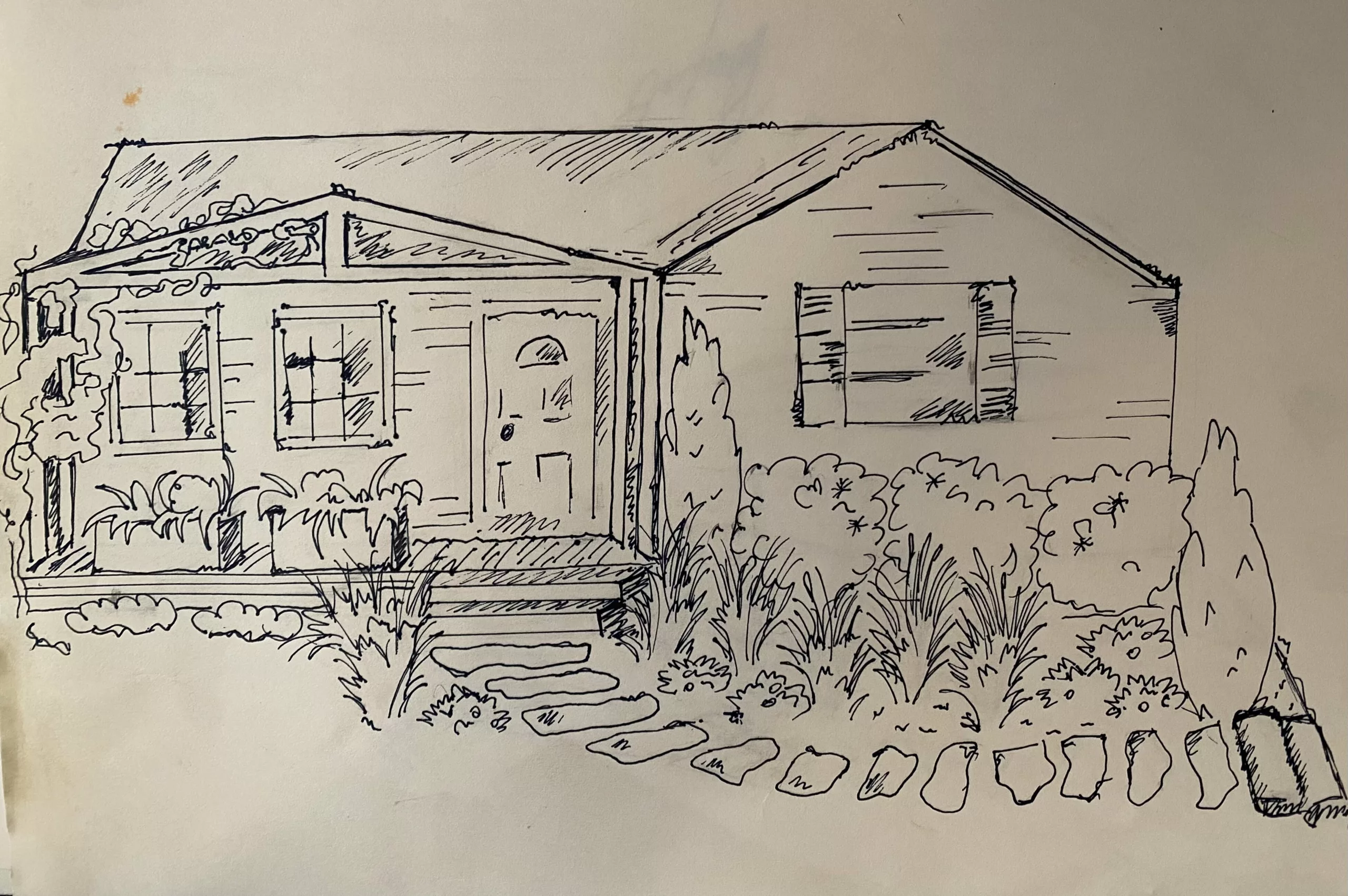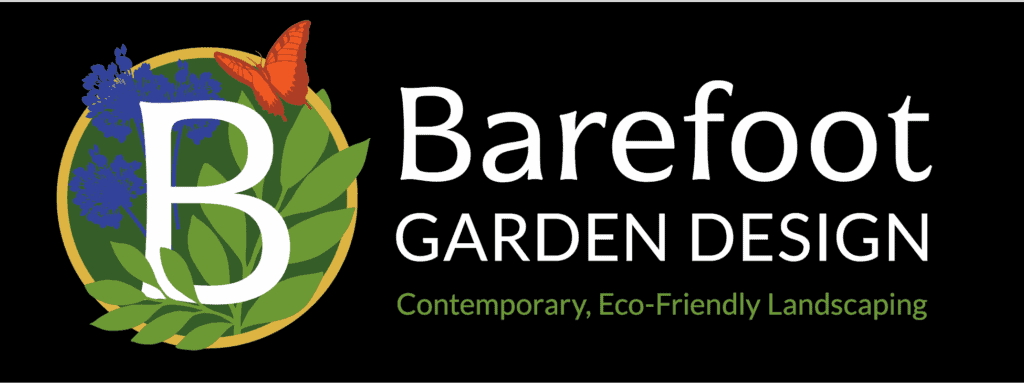By definition, landscaping refers to improving a property’s aesthetics or practicality. Typically, homeowners use plants to transform their backyards or other outdoor space. But learning how to use rocks and hardscape in your landscape design can seriously upgrade your garden makeover.
Garden landscaping involves designing, creating, and maintaining the yard. Landscaping comprises softscape and hardscape. While softscape refers to floral and horticultural components of a garden, hardscape addresses the structural aspects.
What Are Hardscapes?
Hardscapes provide the guide structure and foundation of a yard. It is the non-changing, more permanent part of your garden that allows interaction between humans and the softscape. Hardscape typically includes non-living structural components forming the walls, decks, patios, footpaths, fences, etc.
For example, pathways lead gardeners and visitors on an intended path; stairways add depth to outdoor space; walls add length or limit the sense of space in an area. Likewise, similar hardscape features such as fences and fountains enhance and improve human interaction with other elements in the garden.
Apart from providing bones to your open space, hardscapes also increase the property’s sustainability. How? Well, hardscaping has excellent potential for weather management. For instance, it can direct the flow of water runoff in a stormy climate.
Sustainable Hardscape Materials
With its excellent benefits, hardscaping can also be damaging to the environment. Non-living elements like patio slabs and walkways do not allow water to penetrate the earth, preventing the ground from soaking rainwater.
Permeable Hardscape
A few hardscape materials are eco-friendlier than others, considering production and fashion. For example, recycled concrete, permeable asphalt, and permeable concrete are less environmentally friendly to produce yet have eco-friendly benefits when used in landscaping.
Simply, permeable hardscapes allow rainwater or other excess water to penetrate the ground. Use hardscape materials with maximum permeability to reduce erosion and runoff in your yard.
Creative Hardscaping Ideas
Let’s look at how you can use rocks and other hardscape materials in your landscape design.
Anchor Plant Beds with Boulders
Incorporating plant beds is a smart and effective design idea for smaller outdoor spaces. However, the plant bed in your lawn will not be as impactful without boulders anchoring it. So, use boulders to anchor your plant beds and create a neat, aesthetic scene.
Build Stone Walls
Stone walls can play various roles in a landscape design. First and foremost, they can serve as sustainable retaining walls terracing slopes to prevent erosion.
Furthermore, you can build stone walls to line your driveway or separate your garden from the street. This hardscaping idea is ideal for enclosing your herb or vegetable garden for physical protection.
Create Retaining Walls
Retaining walls are practical hardscape features of a garden for retaining soil within its space for erosion prevention. While retaining walls is great in terms of function and practicality, you must be careful about numerous factors.
For example, natural stone is an ideal choice for building retaining walls, especially if you use flat, larger rocks. These will add to the stability necessary for durable retaining walls.
Make Beautiful Walkways
Did you think hardscapes can’t be beautiful? Well, think again, because making aesthetic walkways is possible if you choose suitable material and design.
Stone walkways look whimsical in home gardens, but be careful about stone placement if you want to avoid monotony. Although easy to make, they can quickly begin to look uniform. Besides the placement, the look of your walkway also depends on the material.
For example, cobblestone walkways are always intensely uniform. In such a case, you can use plants like creeping thyme, moss, or other ground covers between the cracks.
Construct a Patio
Unlike the hardscape projects mentioned above, constructing a patio is a bit complicated. It may also require you to bind your rocks with mortar. If you think other materials work better, choose sustainable materials like recycled concrete.
Regardless of the hardscape material, patios make a lovely addition to gardens. They are excellent for tying indoor and outdoor spaces together.
Add Rocks to Your Water Garden
Although a non-traditional landscaping design, water gardens present a creative gardening design.
Not only do they look beautiful, but water gardens make it much easier to care for plants. How? It eliminates the issue of under-watering the plants. This landscaping idea stuns gardeners and visitors alike.
While you can choose from various plants, rocks help add greater visual interest to water gardens. So, combine rock and water to make your garden more visually appealing.
Bottom Line
In summary, how to use rocks and hardscape in a landscape design is a primary component of garden improvements. It provides structure to your outdoor space while aiding weather management in your yard. However, considering a hardscape material’s sustainability, durability, and stability is critical before adding it to your garden.







